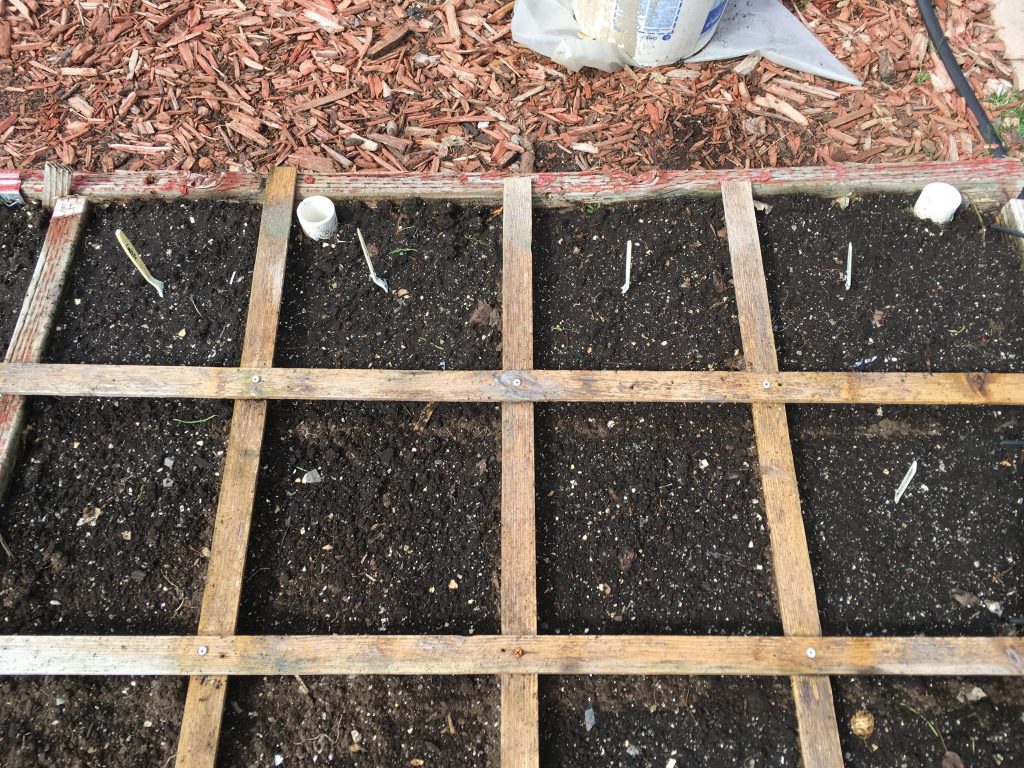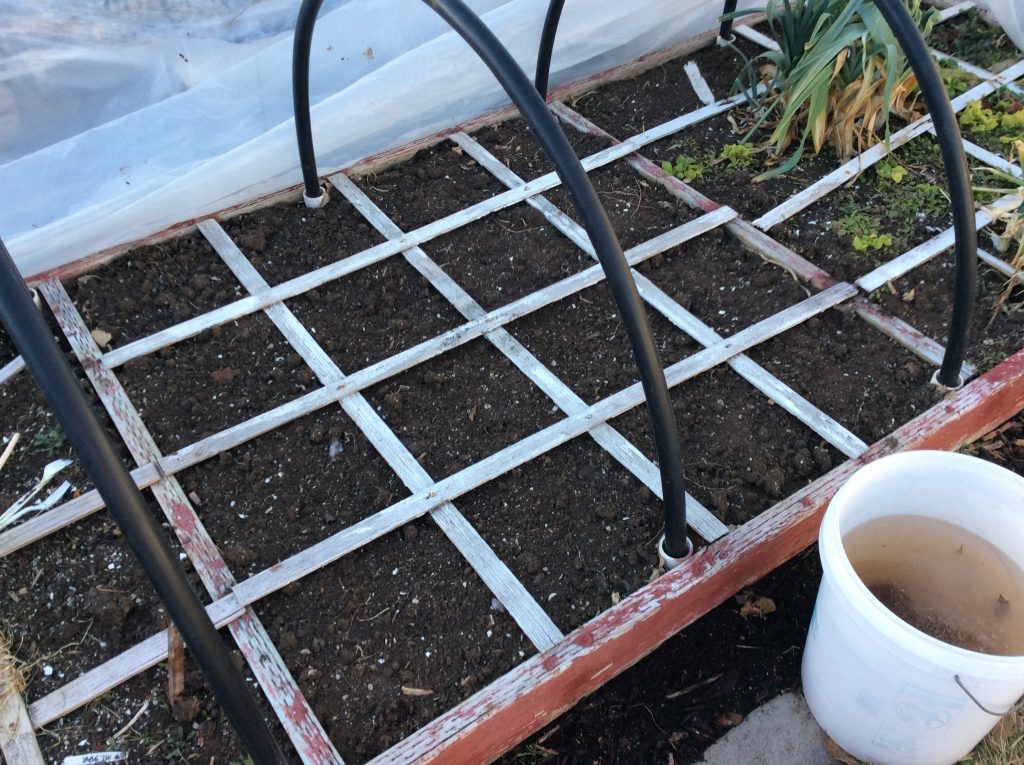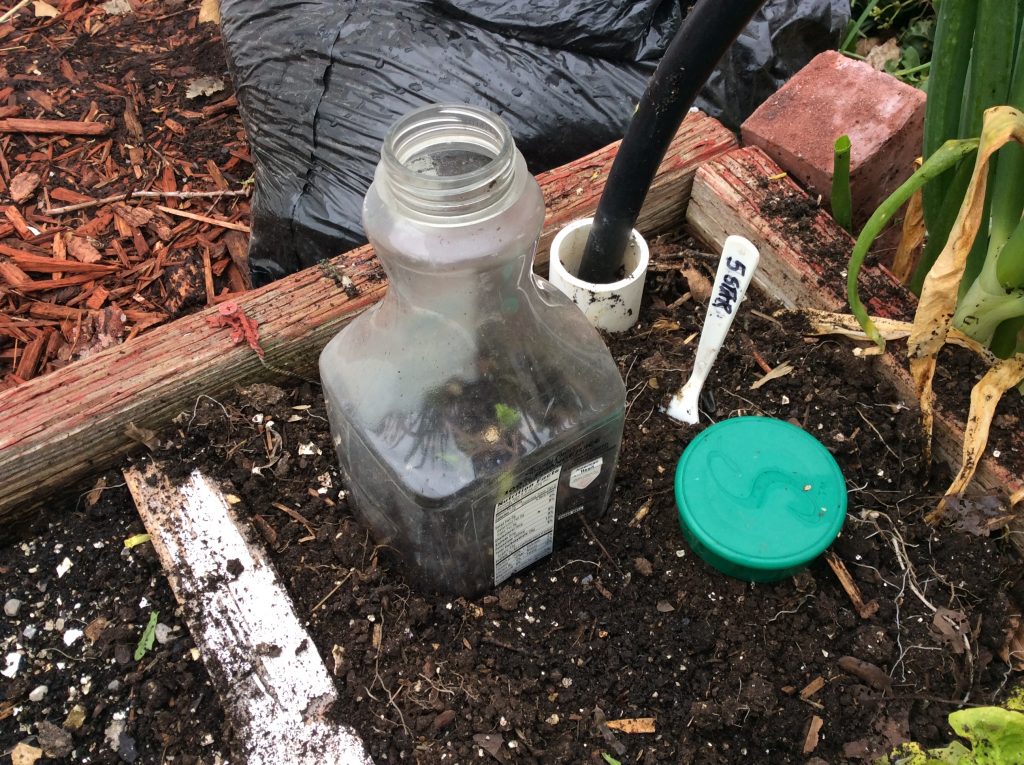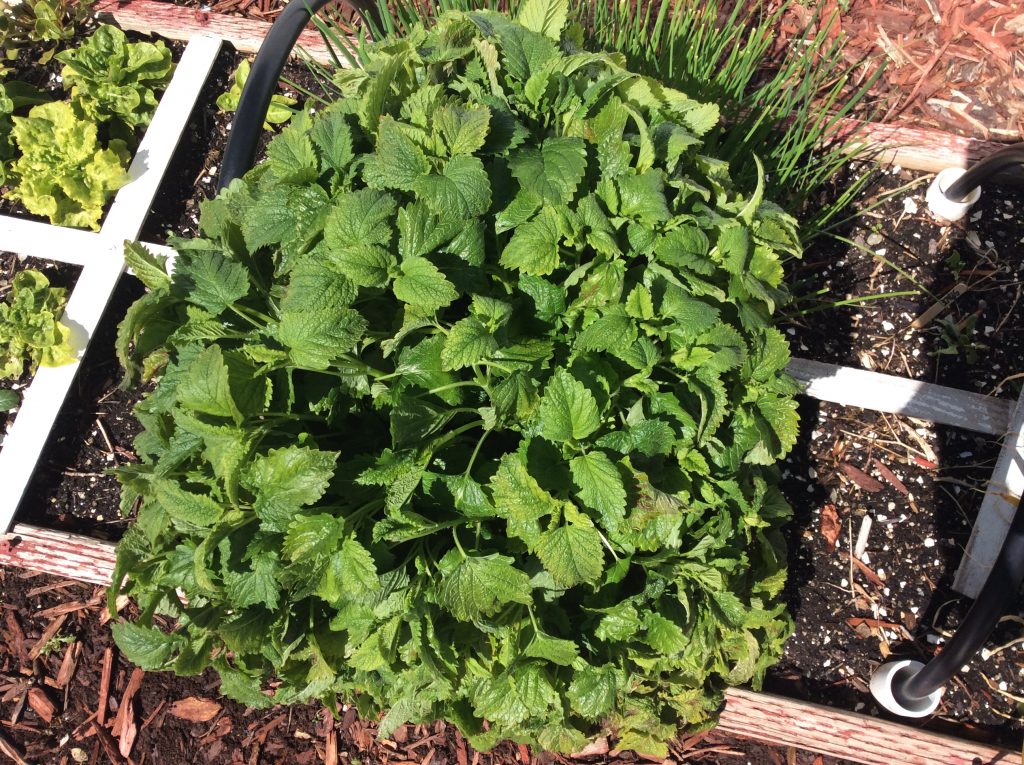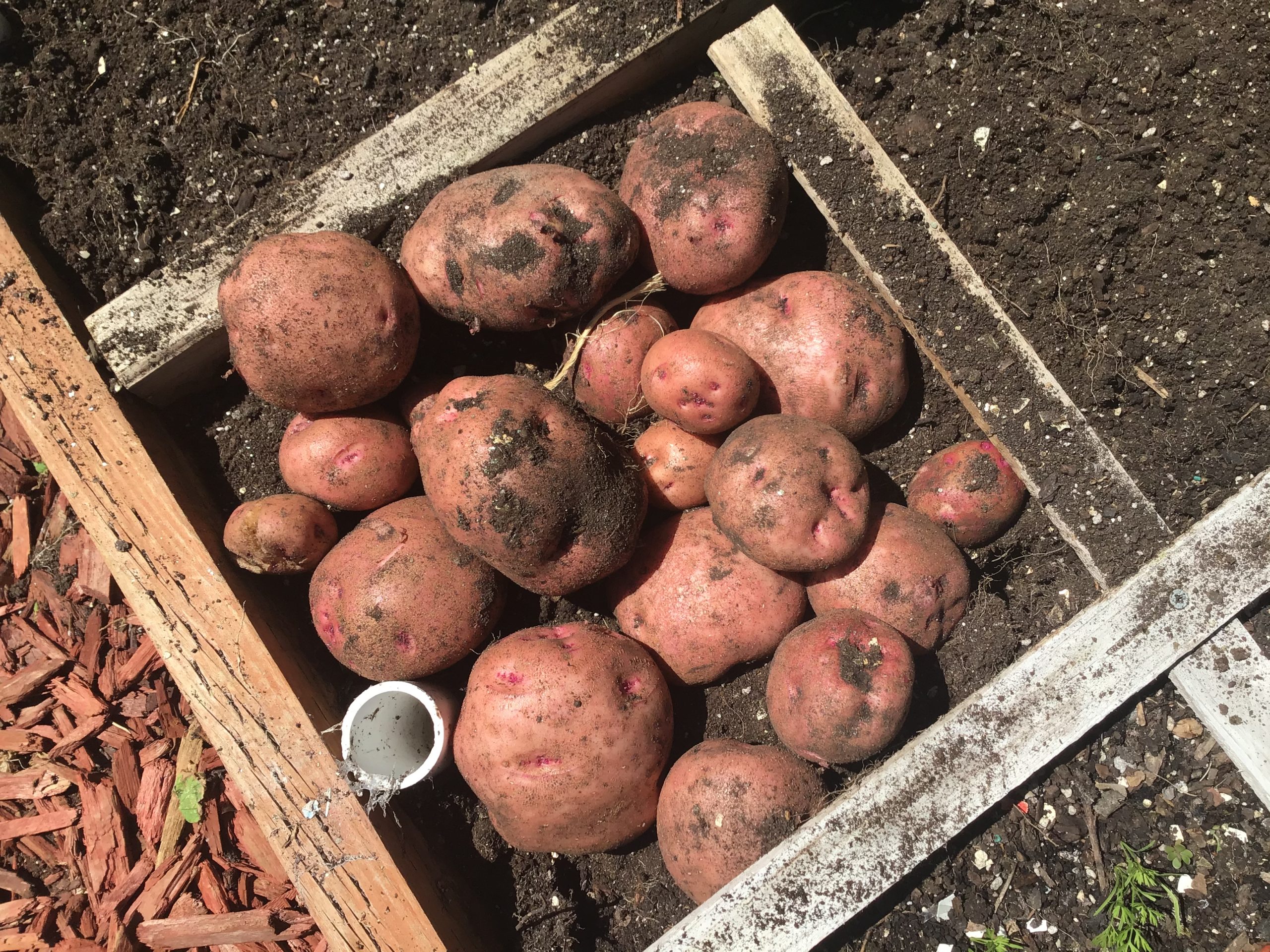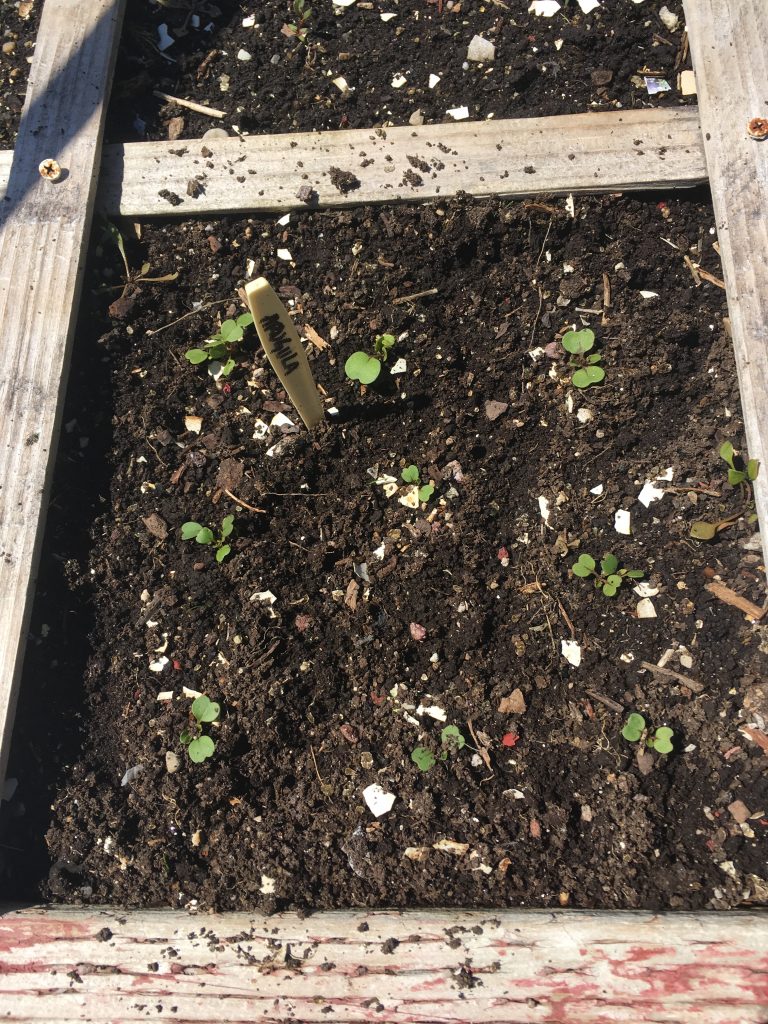 One of the many great spring crops to grow is arugula. Until recently, I’ve never been a fan. The reason? Too spicy!
One of the many great spring crops to grow is arugula. Until recently, I’ve never been a fan. The reason? Too spicy!
I just happen to be out to dinner a couple of years ago at a nice restaurant. The salad was particularly delicious so I asked the server what the mixed greens were and where they got them. Turns out it was arugula. I was sure he must have been mistaken because there was no edge to it. Sure enough, thats what it was, mixed in with 2 or three other salad greens. I tracked down the farm where it came from(California) in an effort to find the variety. I was told they couldn’t tell me because of “proprietary reasons.” What? It took me a couple of weeks but I did find out the variety. In the meantime I learned a good lesson.
Arugula grown in warm weather and then harvested at something less than the baby leaf stage will always be more spicy. Grow it in cool weather and harvest it when young, and the taste is drastically different. This is how I’ve become an arugula fan.
Since arugula spacing says “thin to 4 inches” on the back of the packet, you would plant 9 of them in a square. By only adding one or two seeds per hole, you end up not hardly ever thinning. This is a picture of that: I might have to thin 1 plant. Look hard enough and you might see some claytonia that has overwintered and is trying to grow[ois skin=”1″]
